Our Stories
Recent Articles
Behind the Scenes
Tools of the Trade: Sheet Metal
The AOC's Capitol Building Sheet Metal Shop craftspeople utilize traditional, handheld tools alongside current technologies to shape, fit and repair metalworks.
Behind the Scenes
Shedding Light on the Invisible Details of the Capitol Campus
Understanding light and how it works is an important aspect of the Architect of the Capitol (AOC) Photography and Technical Imaging Branch day-to-day operations.
Behind the Scenes
The People's Gardens
Take a stroll through our pictorial tour to experience the beauty of these unique garden beds and meet a few members of the jurisdiction's Gardening team that work hard year-round to keep the Capitol campus looking beautiful.
Behind the Scenes
Hanami on the Hill: Cherry Blossom Season on U.S. Capitol Grounds
Nestled on the grounds of the U.S. Capitol, these trees stand as a symbol of renewal and spring. A few of the oldest recently received some unique preservation care.
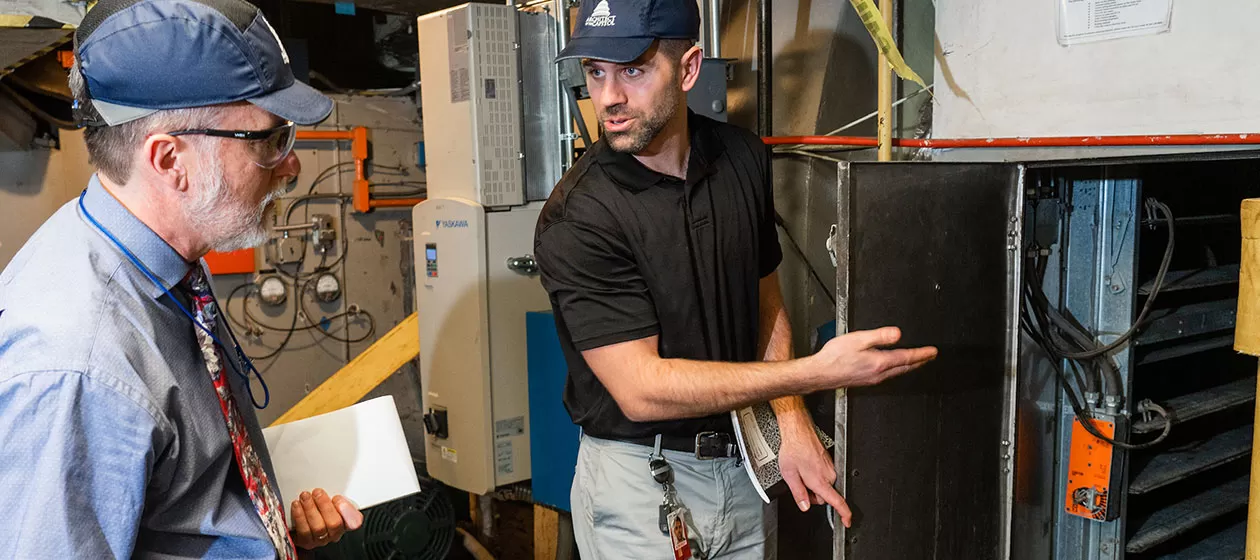
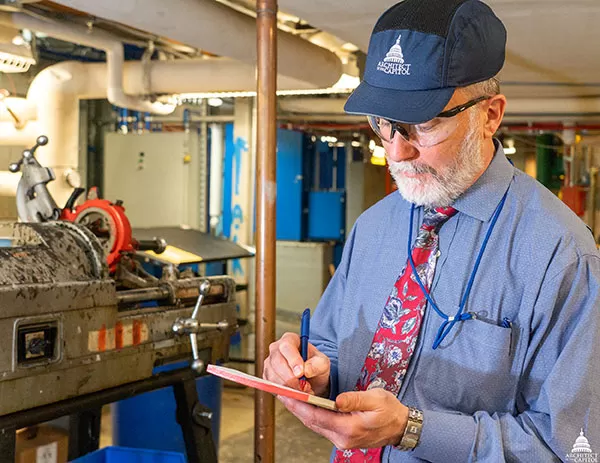
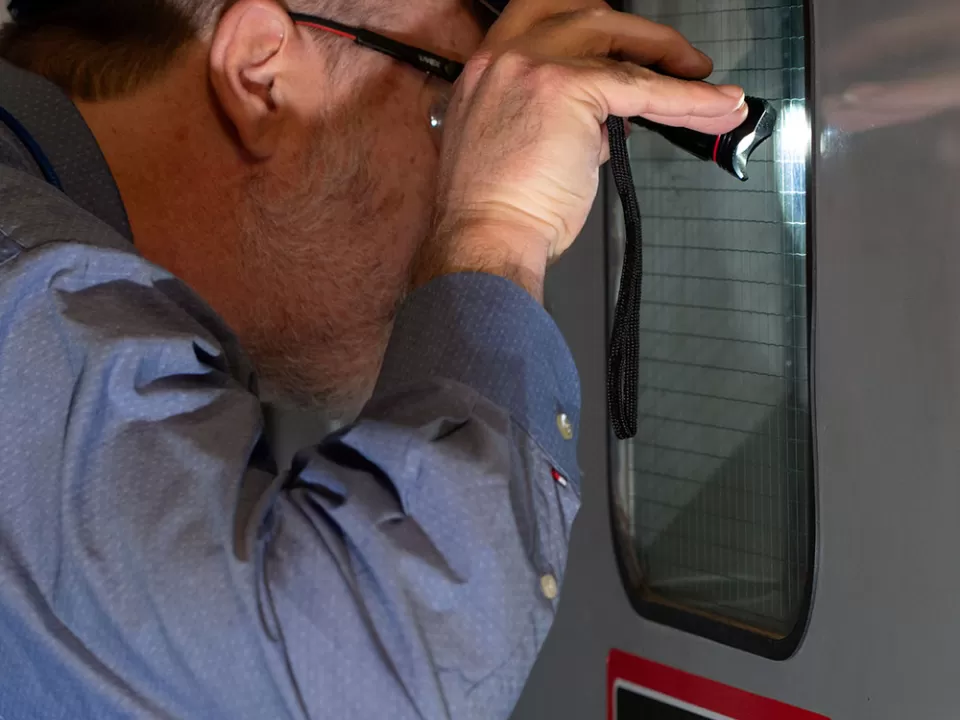
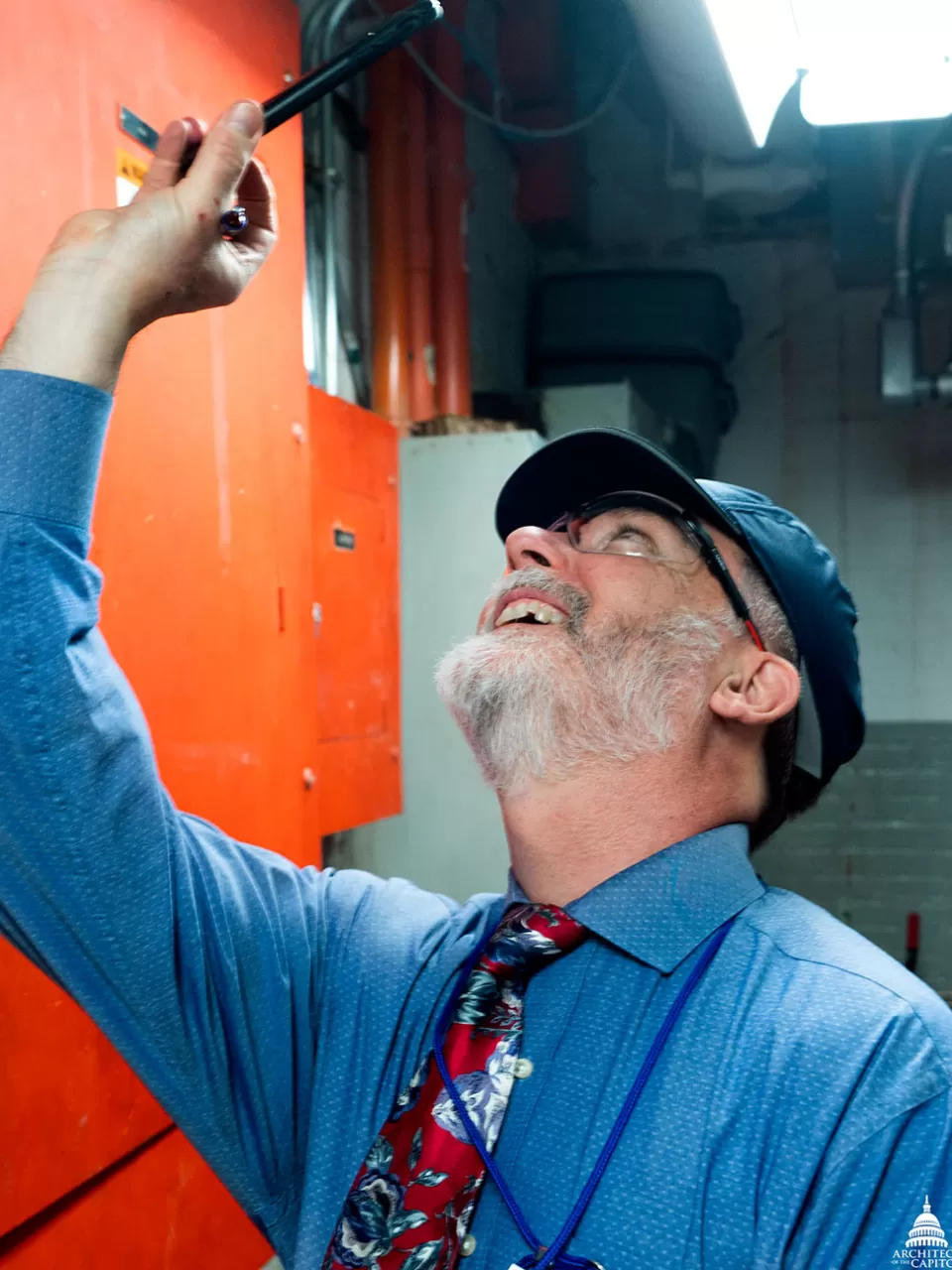
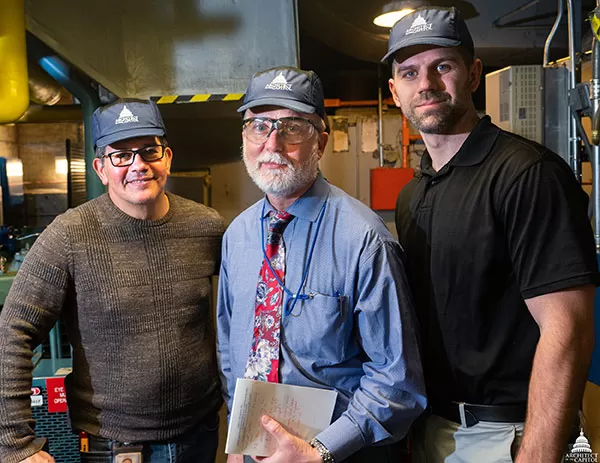
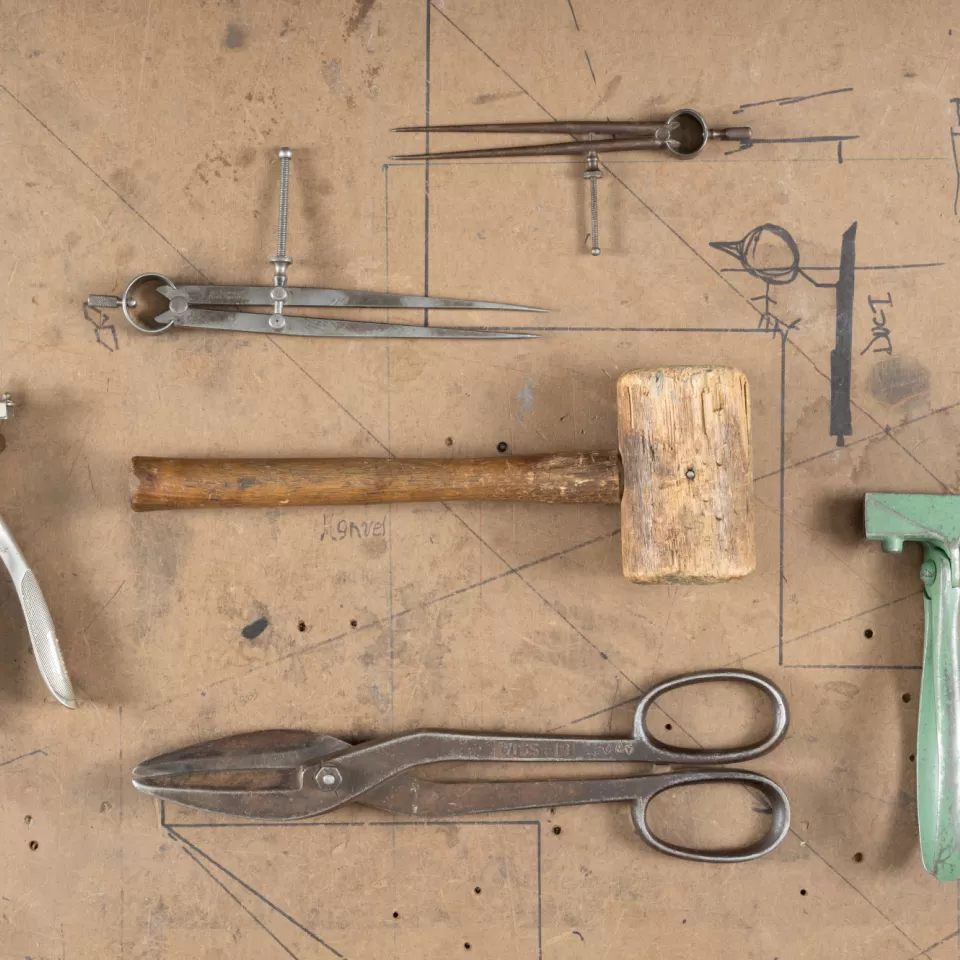
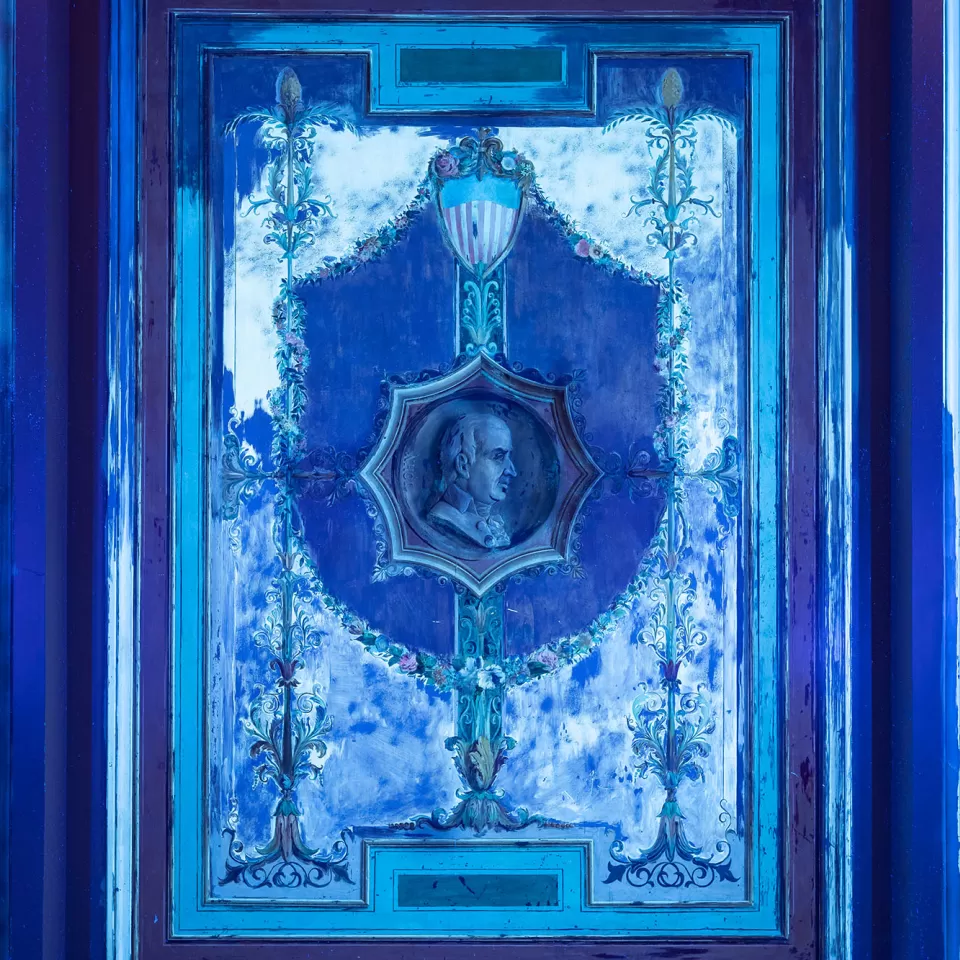
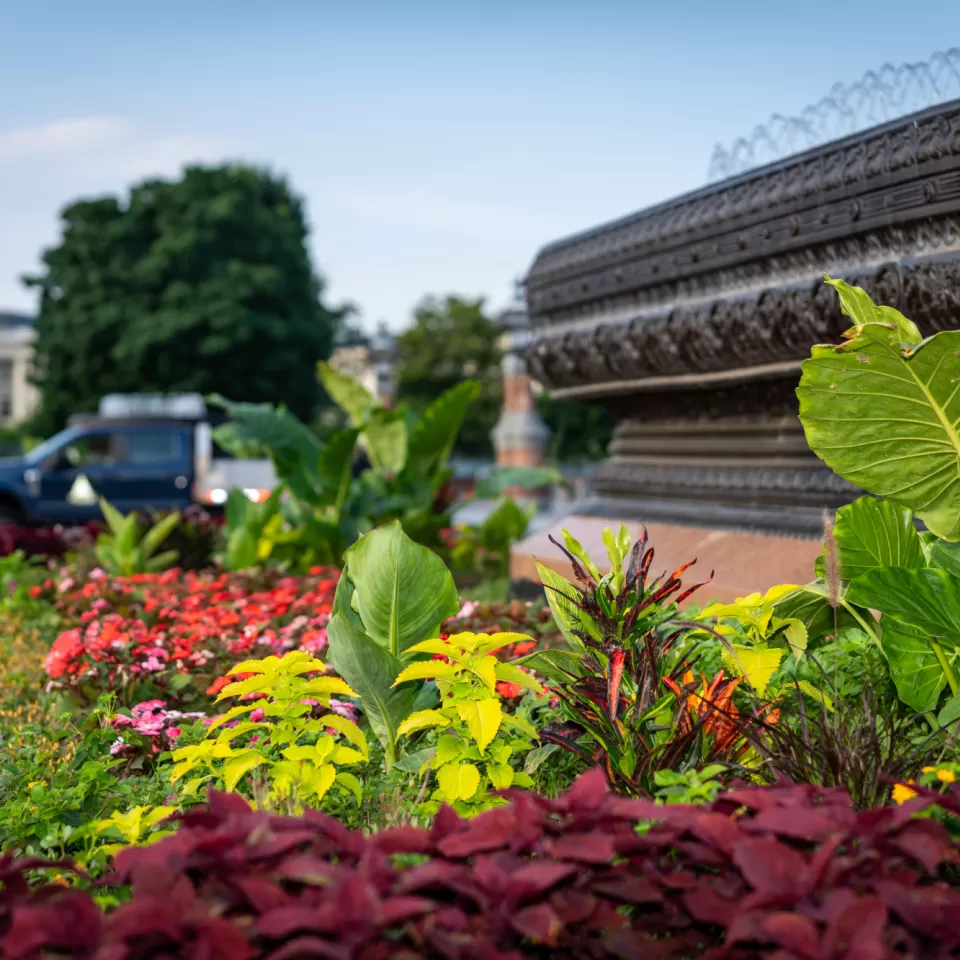
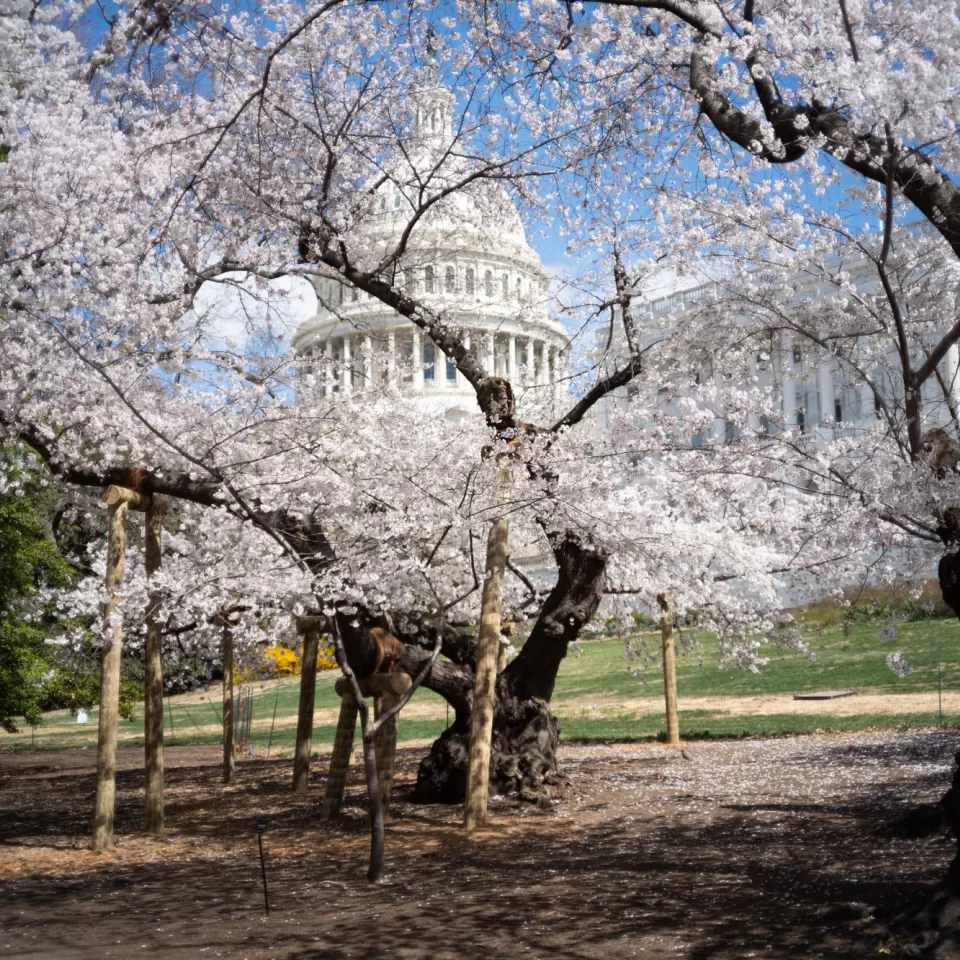
Comments
I appreciate the detailed breakdown of the inspection process. It's impressive how the Capitol Architect's team uses cutting-edge technology for the assessments. I wonder if other historic buildings across the world follow similar inspection protocols.
I once performed OSHA 10-hour construction training for staff at operations center of The Architect of the Capitol. They had all sorts of trades represented at the class, including carpenters, plumbers, electricians, tile workers, and masonry workers. I must admit it was once of the most enjoyable teaching experiences I've ever had.
Really a great program you have for OUR houses, wish this could happen in our state Capital, also city. This sure help to keep Washington D.C. young.
Add new comment